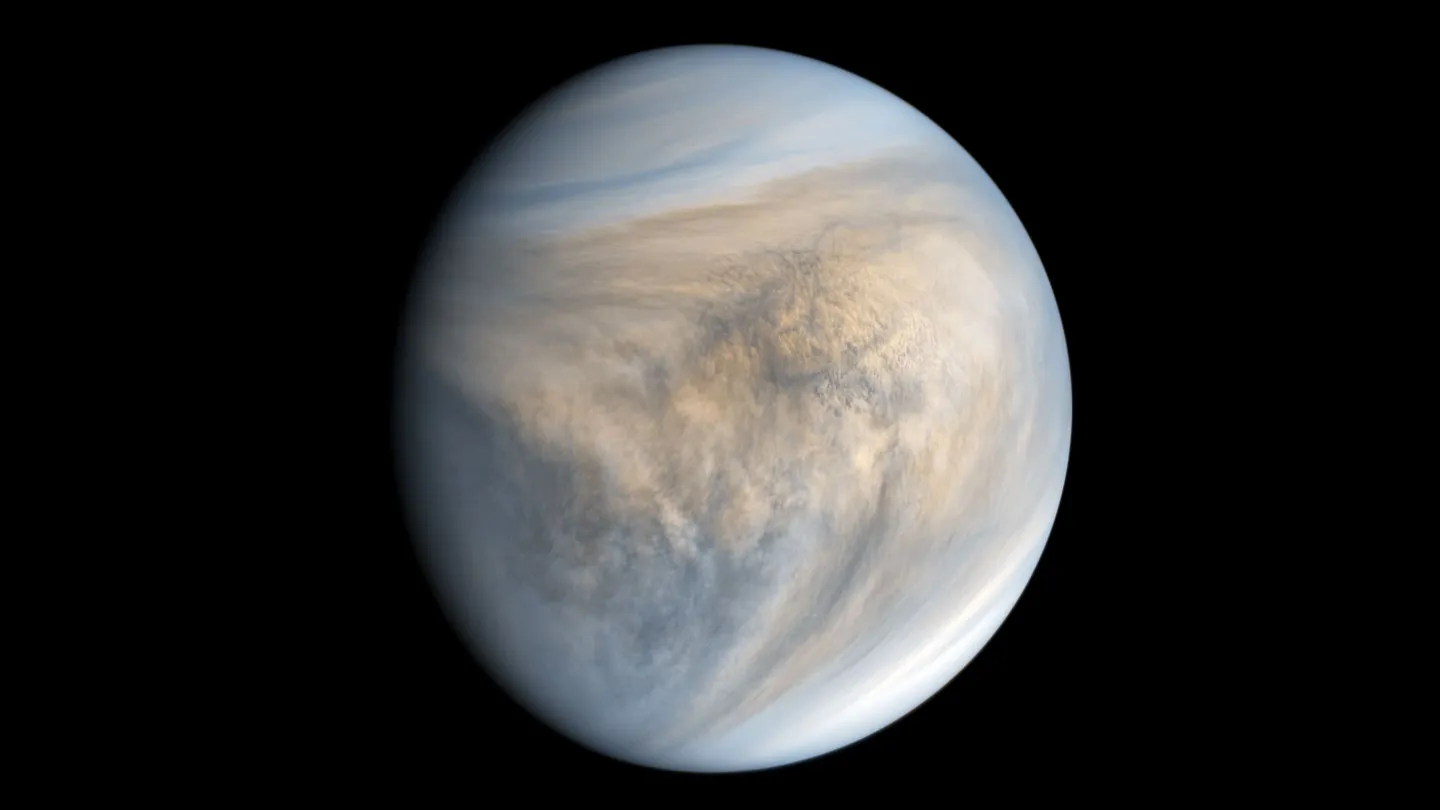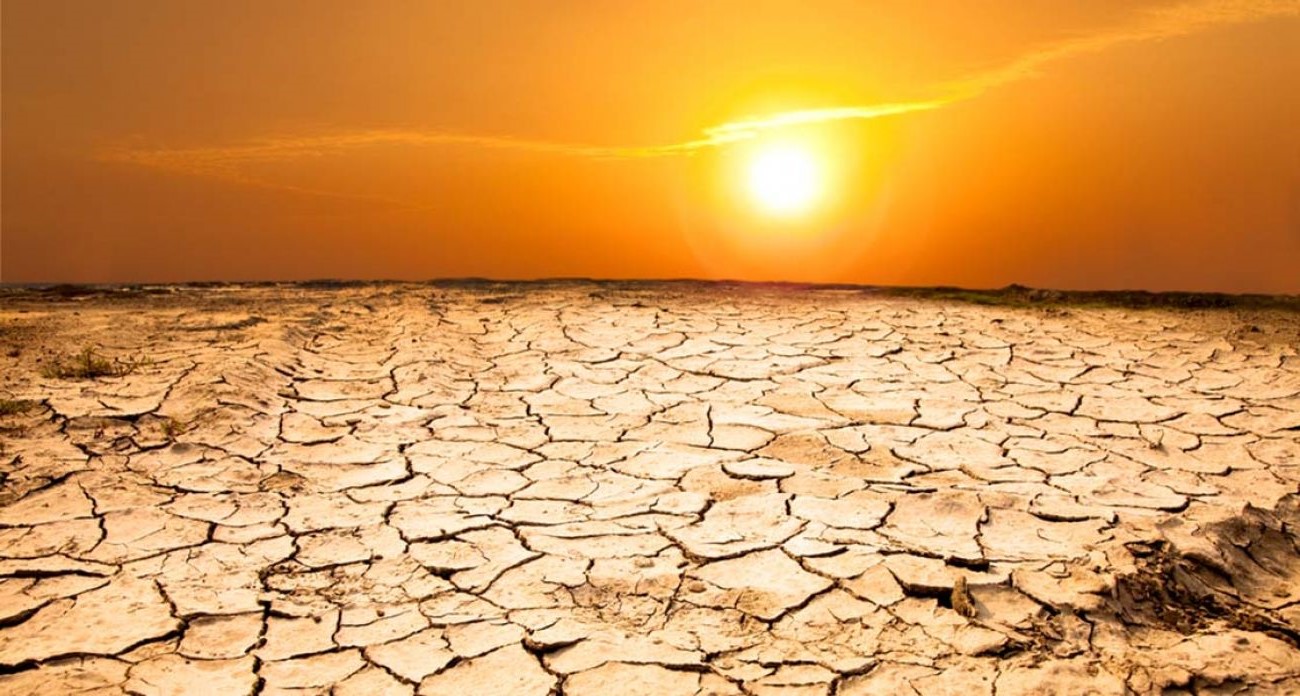Home>Weather and Climate>Understanding Winds And Temperatures At Different Altitudes


Weather and Climate
Understanding Winds And Temperatures At Different Altitudes
Published: March 2, 2024
Gain insights into the impact of weather and climate on winds and temperatures at various altitudes. Understand the dynamics of atmospheric conditions.
(Many of the links in this article redirect to a specific reviewed product. Your purchase of these products through affiliate links helps to generate commission for Temperatures.com, at no extra cost. Learn more)
Table of Contents
The Relationship Between Wind and Temperature
The relationship between wind and temperature is a fundamental aspect of weather and climate dynamics. Understanding how these two elements interact is crucial for comprehending the complexities of atmospheric processes. At different altitudes, the interplay between wind and temperature shapes the behavior of the atmosphere, influencing weather patterns and climatic conditions.
-
Wind and Temperature Gradient: At lower altitudes, where the Earth's surface absorbs solar radiation, the air near the surface becomes warmer. This creates a temperature gradient, with warmer air at the surface and cooler air aloft. As a result, the air near the surface expands and becomes less dense, leading to the formation of areas of low pressure. Conversely, the cooler air at higher altitudes becomes denser, creating areas of high pressure. This contrast in pressure generates winds as air moves from high-pressure areas to low-pressure areas, creating the basis for wind patterns.
-
Coriolis Effect: The Coriolis effect, caused by the Earth's rotation, influences the direction of winds. As air moves from high-pressure areas to low-pressure areas, the Coriolis effect deflects the air, causing it to veer to the right in the Northern Hemisphere and to the left in the Southern Hemisphere. This deflection contributes to the formation of prevailing wind patterns, such as the westerlies and trade winds, which play a crucial role in global atmospheric circulation.
-
Vertical Temperature Variation: In the vertical dimension, temperature changes with altitude. This variation is essential for the development of vertical air movements, such as updrafts and downdrafts. As air rises, it expands and cools due to decreasing atmospheric pressure, leading to the condensation of water vapor and the formation of clouds and precipitation. Conversely, descending air experiences compression and warming, influencing local temperature patterns and weather phenomena.
-
Influence on Weather Systems: The relationship between wind and temperature significantly impacts the formation and behavior of weather systems. For instance, the interaction between warm, moist air and cooler, drier air can lead to the development of frontal boundaries, which are associated with diverse weather conditions, including thunderstorms, rain, and temperature changes. Additionally, the distribution of wind and temperature at different altitudes contributes to the formation of jet streams, which play a crucial role in steering weather systems and influencing long-term climate patterns.
Understanding the intricate relationship between wind and temperature is essential for unraveling the complexities of atmospheric dynamics. By comprehending how these elements interact at different altitudes, meteorologists and climatologists can gain valuable insights into the behavior of the atmosphere, leading to improved weather forecasting and a deeper understanding of climate variability.
Factors Affecting Wind and Temperature at Different Altitudes
The behavior of wind and temperature at different altitudes is influenced by a myriad of factors, each playing a crucial role in shaping atmospheric dynamics. Understanding these factors is essential for gaining insights into the complexities of weather and climate patterns. Here are the key elements that affect wind and temperature at varying altitudes:
Solar Radiation and Heating Patterns
Solar radiation is a primary driver of atmospheric processes, impacting the distribution of temperature and wind at different altitudes. As sunlight reaches the Earth's surface, it heats the air, leading to the formation of distinct heating patterns. Near the equator, intense solar radiation results in the warming of the air, creating a thermal low-pressure area. This low-pressure system induces the ascent of warm air, leading to the formation of the intertropical convergence zone (ITCZ) and the development of equatorial winds, such as the trade winds. Conversely, at higher latitudes, where solar radiation is less intense, cooler air descends, creating high-pressure areas and influencing the formation of polar easterlies.
Topography and Surface Features
The topography of the Earth's surface exerts a significant influence on wind and temperature patterns at different altitudes. Mountain ranges, valleys, and coastal regions can disrupt the flow of air, leading to the formation of localized wind patterns and temperature variations. For instance, as air encounters a mountain range, it is forced to ascend, leading to the development of orographic lifting. This ascent results in the cooling of air, leading to the formation of clouds and precipitation on the windward side of the mountain. Conversely, the leeward side experiences descending air, leading to warming and drier conditions, known as the rain shadow effect.
Atmospheric Stability and Vertical Motion
The stability of the atmosphere and vertical air movements play a crucial role in shaping wind and temperature patterns at different altitudes. When the atmosphere is stable, air tends to resist vertical motion, leading to the suppression of cloud formation and precipitation. Conversely, unstable atmospheric conditions promote vertical motion, leading to the development of convective processes and the formation of thunderstorms and other intense weather phenomena. The interaction between stability and vertical motion influences the distribution of temperature and wind at varying altitudes, contributing to the development of diverse weather patterns.
Oceanic Influences and Global Circulation
The oceans play a pivotal role in shaping wind and temperature patterns at different altitudes through their influence on global circulation patterns. Oceanic currents, such as the Gulf Stream and the Kuroshio Current, impact the distribution of heat and moisture, influencing the formation of maritime air masses. These air masses interact with continental air masses, leading to the development of distinct wind and temperature patterns. Additionally, the interaction between oceanic and atmospheric processes contributes to the formation of weather systems, such as tropical cyclones and extratropical storms, which significantly impact wind and temperature at different altitudes.
Human Activities and Anthropogenic Influences
Human activities, including urbanization, industrialization, and deforestation, have the potential to alter wind and temperature patterns at different altitudes. Urban heat islands, created by the concentration of human infrastructure and activities, can lead to localized temperature variations, influencing the behavior of the lower atmosphere. Furthermore, anthropogenic emissions of greenhouse gases and aerosols can impact the composition of the atmosphere, leading to changes in temperature and wind patterns at varying altitudes. These human-induced influences have the potential to alter regional and global atmospheric dynamics, contributing to climate variability and change.
Understanding the diverse factors that affect wind and temperature at different altitudes is essential for unraveling the complexities of atmospheric processes. By comprehending the interplay between these elements, meteorologists and climatologists can gain valuable insights into the behavior of the atmosphere, leading to improved weather forecasting and a deeper understanding of climate variability.
Impact of Altitude on Wind and Temperature
The impact of altitude on wind and temperature is a critical aspect of atmospheric dynamics, exerting profound influences on weather patterns and climatic conditions. As air ascends through the atmosphere, it encounters distinct changes in temperature and wind patterns, leading to diverse atmospheric phenomena. Understanding the effects of altitude on wind and temperature is essential for unraveling the complexities of vertical atmospheric processes and their implications for weather and climate dynamics.
Temperature Variation with Altitude
One of the primary impacts of altitude on temperature is the phenomenon known as the lapse rate. As air rises through the atmosphere, it experiences a decrease in temperature with increasing altitude. This vertical temperature variation is a result of adiabatic processes, where expanding air cools as it ascends due to decreasing atmospheric pressure. The standard lapse rate, representing the average decrease in temperature with altitude, is approximately 6.5 degrees Celsius per kilometer. However, variations in environmental conditions can lead to deviations from this standard lapse rate, influencing temperature patterns at different altitudes.
Influence on Wind Patterns
Altitude exerts a significant influence on wind patterns, leading to the formation of distinct atmospheric circulation features. As air ascends through the atmosphere, it encounters changes in pressure and temperature, leading to the development of vertical and horizontal wind movements. At higher altitudes, the interaction between temperature gradients and pressure variations contributes to the formation of jet streams, which are high-speed, meandering air currents that play a crucial role in steering weather systems and influencing long-term climate patterns. Additionally, the impact of altitude on wind patterns is evident in the development of mountain winds, such as katabatic winds, which result from the descent of air along mountain slopes due to temperature differentials at varying altitudes.
Atmospheric Stability and Vertical Motion
The impact of altitude on wind and temperature is closely linked to the stability of the atmosphere and the development of vertical air movements. As air rises through the atmosphere, it undergoes adiabatic expansion, leading to cooling and the potential for the condensation of water vapor, ultimately contributing to the formation of clouds and precipitation. This vertical motion, influenced by altitude-induced temperature variations, plays a crucial role in shaping local weather patterns, including the development of thunderstorms, convective systems, and other intense weather phenomena. Furthermore, the interaction between altitude and vertical motion contributes to the formation of diverse cloud types, such as cirrus, cumulus, and stratus clouds, each indicative of specific atmospheric conditions at varying altitudes.
Impact on Weather Systems
The impact of altitude on wind and temperature significantly influences the behavior of weather systems, contributing to the development of diverse meteorological phenomena. For instance, the interaction between temperature gradients at different altitudes leads to the formation of frontal boundaries, which are associated with the development of precipitation, thunderstorms, and changes in temperature. Additionally, the influence of altitude on wind patterns contributes to the formation of localized weather phenomena, such as valley breezes and mountain-induced convection, which are driven by temperature differentials at varying altitudes. These localized effects demonstrate the profound impact of altitude on the behavior of the lower atmosphere and its implications for regional weather patterns.
In summary, the impact of altitude on wind and temperature is a fundamental aspect of atmospheric dynamics, shaping the behavior of the atmosphere and influencing weather patterns at various scales. By comprehending the effects of altitude on wind and temperature, meteorologists and climatologists can gain valuable insights into the complexities of vertical atmospheric processes, leading to improved weather forecasting and a deeper understanding of climate variability.
Understanding the Effects of Wind and Temperature on Weather Patterns
The effects of wind and temperature on weather patterns are profound and multifaceted, playing a pivotal role in shaping the dynamic nature of atmospheric processes. The interplay between these elements influences the development, behavior, and evolution of weather systems, contributing to the diverse array of meteorological phenomena observed across the globe.
Influence on Atmospheric Circulation
Wind and temperature gradients at different altitudes are instrumental in driving atmospheric circulation patterns. The distribution of temperature across the Earth's surface leads to the formation of pressure systems, which, in turn, generate winds as air moves from areas of high pressure to areas of low pressure. This fundamental mechanism underpins the development of prevailing wind patterns, such as the trade winds, westerlies, and polar easterlies, which play a crucial role in global atmospheric circulation. The interaction between temperature differentials and wind patterns contributes to the establishment of distinct air masses, each characterized by unique temperature and moisture properties, ultimately influencing the behavior of weather systems.
Formation of Weather Fronts
The effects of wind and temperature gradients are prominently manifested in the formation of weather fronts, which are boundaries between air masses with contrasting temperature and moisture characteristics. The interaction between warm and cold air masses gives rise to frontal zones, such as cold fronts, warm fronts, and occluded fronts, each associated with specific weather phenomena. Cold fronts, for instance, are characterized by the rapid uplift of warm, moist air, leading to the development of thunderstorms and intense precipitation. Conversely, warm fronts are associated with gradual uplift and the prolonged occurrence of stratiform precipitation. The interplay between wind and temperature gradients at frontal boundaries is instrumental in shaping the diverse weather conditions experienced across different regions.
Impact on Severe Weather Events
The effects of wind and temperature on weather patterns are particularly pronounced in the context of severe weather events. The convergence of contrasting air masses, driven by temperature differentials and wind dynamics, sets the stage for the development of intense meteorological phenomena. The interaction between warm, moist air and cooler, drier air can lead to the formation of powerful thunderstorms, supercell storms, and tornadoes. Additionally, the presence of strong wind shear, resulting from variations in wind speed and direction with altitude, contributes to the organization and intensification of severe weather systems. The intricate relationship between wind and temperature is instrumental in fueling the dynamics of severe weather events, underscoring their profound impact on local and regional weather patterns.
Influence on Precipitation Patterns
Wind and temperature gradients exert a significant influence on precipitation patterns, contributing to the spatial and temporal distribution of rainfall and snowfall. The convergence of air masses with differing temperature and moisture content leads to the uplift of air, ultimately resulting in the condensation of water vapor and the formation of precipitation. The interaction between wind dynamics and temperature gradients influences the development of convective precipitation, as well as orographic and frontal precipitation. These diverse mechanisms of precipitation formation are intricately linked to the interplay between wind and temperature, highlighting their pivotal role in shaping the hydrological cycle and influencing regional water resources.
In essence, the effects of wind and temperature on weather patterns are integral to the dynamic processes that govern atmospheric behavior. The intricate interplay between these elements gives rise to the rich tapestry of weather phenomena observed worldwide, underscoring the fundamental role of wind and temperature in shaping the complexities of the Earth's atmospheric dynamics.












